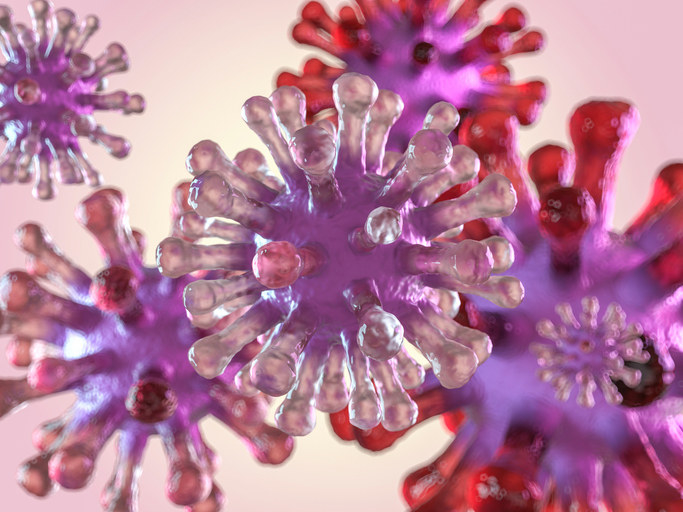HIV research has made two huge leaps this week, with one groundbreaking vaccine trial and a team of researchers who have figured out how the virus hides in our bodies.
In 2016, 36.7 million people globally were living with HIV, and 2.1 million of those infected were children.
One million people died of AIDS-related illnesses that year alone.
The race to produce an HIV vaccine has seen few successes in the 37 years since the virus was globally recognised as a pandemic (although there had been cases in the Democratic Republic of the Congo since the 1930s).
New research from a team of international researchers published in the Lancet has now shown one vaccine (known as Ad26) could be the most successful vaccine that we've seen yet.

There have only been four HIV vaccines that have progressed to the stage of efficacy trials (all other endeavours have been stopped in their tracks by safety trials, the first stage of drug testing).
The last vaccine to show promise was RV144, which captured global attention in 2009 after successful results in the world's first efficacy trial.
However, RV144 only had a success rate of 31% and its efficacy was shown to wane over time.
The Lancet research with Ad26 used just under 400 participants who were HIV-negative across the US, East Africa, South Africa, and Thailand. It was found after a year that 80% of participants showed strong immune system responses to HIV.
However, Dan Barouch, professor of medicine at Harvard Medical School and lead author of the study, said that the success of Ad26 in the trial does not yet mean it is the vaccine the world has been waiting for.
"The results should be interpreted cautiously. The challenges in the development of an HIV vaccine are unprecedented, and the ability to induce HIV-specific immune responses does not necessarily indicate that a vaccine will protect humans from HIV infection."
The next phase of the trial has been initiated in southern Africa to determine the safety and effectiveness of the vaccine in 2,600 women who are at risk of acquiring HIV.
While the world waits for the development of a vaccine, a team of researchers (including molecular scientists from the University of New South Wales) have been able to understand the mechanisms of HIV in our bodies in greater detail than ever before.
As it turns out, HIV protects itself from our immune systems by hijacking molecules in our cells.

The HIV virus and its genetic material hide inside a capsid (think armour made out of protein), ensuring that the virus doesn't alert the body into an immune response.
The study found that to strengthen and stabilise its capsid, HIV is stealing a molecule in our cells known as IP6.
Associate professor Till Boecking, leader of the Molecular Machines Group in Single Molecule Science at the University of New South Wales and one of the paper's coauthors, told BuzzFeed News that understanding the use of IP6 is extremely useful for producing new antiretroviral drugs.
"The molecule is like the mortar between the bricks because the capsid is made up of these individual protein components and then IP6 sits between and holds these together very strongly."
The only other disease known to use the same shielding mechanism is the very incurable common cold.
Boecking said that if researchers can now find a way to make the HIV virus release the molecule prematurely, they can trick it into opening its capsid, allowing our immune systems to attack the virus.
"It's already known that if you mess around with the way the virus uses its capsid, then you can stop the infection."
While this research does not contribute to vaccine development, it can inform the development of new antiretroviral drugs for people living with HIV.
Antiretroviral drugs are different from a vaccine in that they are taken daily and designed to slow the virus' growth, rather than destroy the virus with an immune response.
There are many antiretroviral drugs on the market and 20.9 million people worldwide currently access this treatment.
However, Boecking notes that HIV is a rapidly changing virus and can survive antiretroviral drug attacks.
"It's always good to develop new drugs because the virus evolves resistance against the existing ones."
